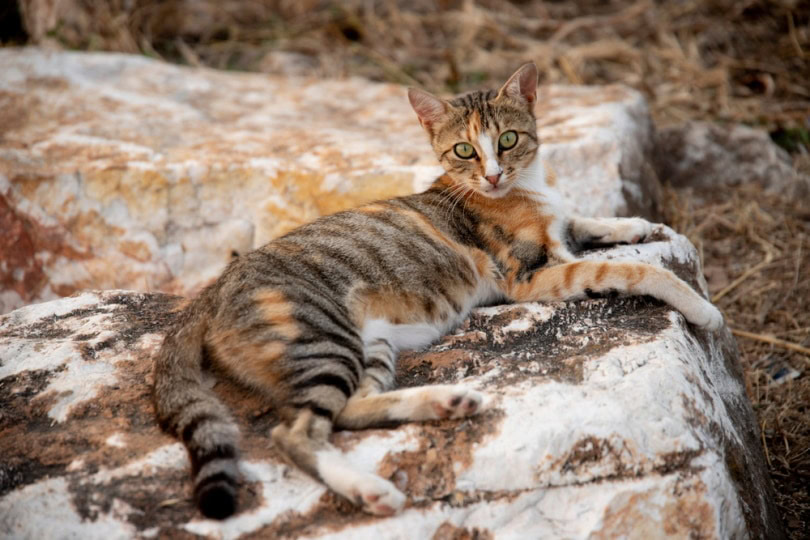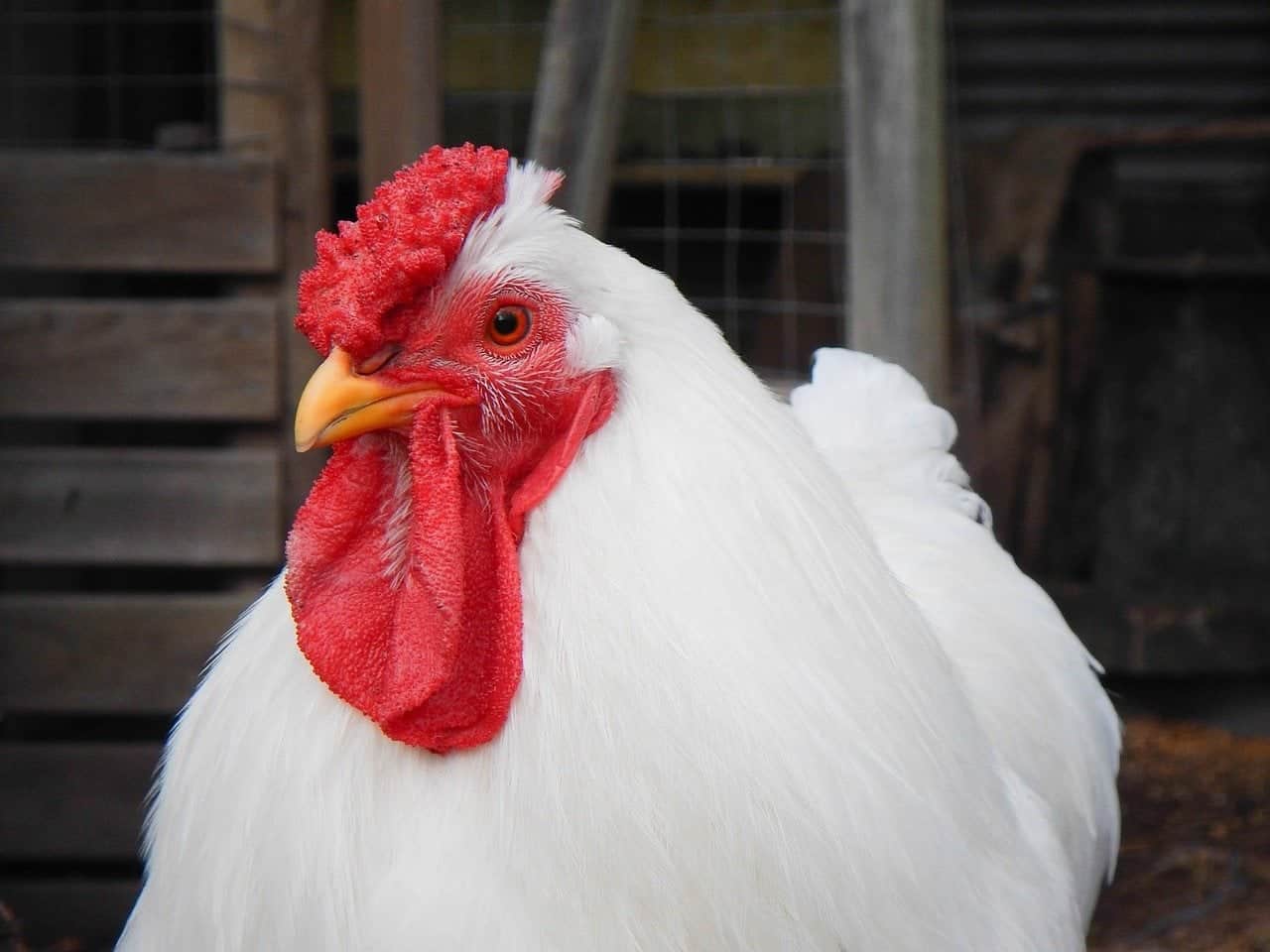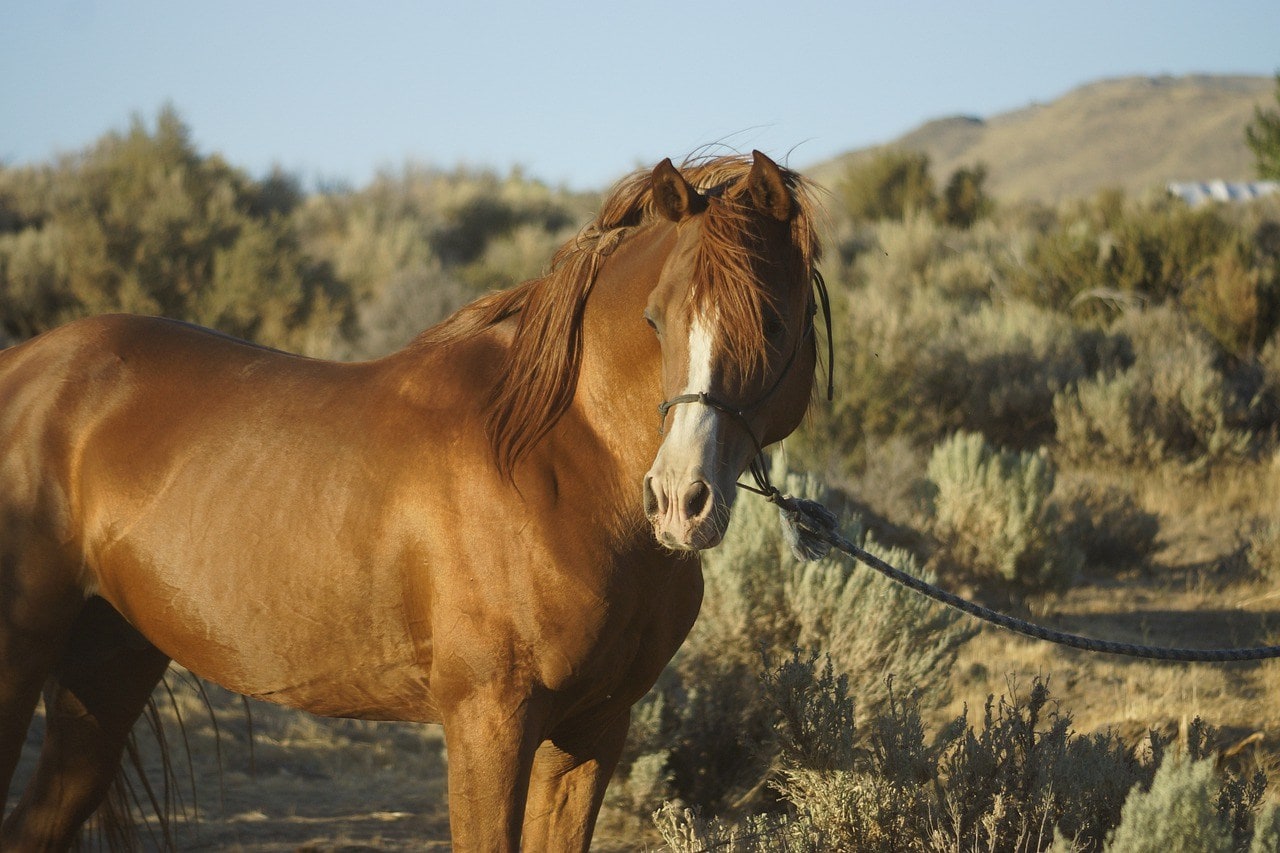Click Below to Skip Ahead
Have you ever heard of the Sokoke (pronounced Sue-co-key)? It’s not surprising if you haven’t, as they are incredibly rare cats. In fact, they are considered the rarest domestic cat breed in the world! They were initially found in Kenya and were given the name “Kadzonzo” by the local people, as it translates to “looks like tree bark.”
Breed Overview
Height:
7–8 inches
Weight:
5–11 pounds
Lifespan:
Up to 15+ years
Colors:
Brown tabby
Suitable for:
Best with families with older children, cat-friendly dogs
Temperament:
Playful, active, independent, chatty, affectionate, devoted
The Sokoke certainly earned the name because they have a unique tabby pattern that’s unlike any other. Their fur has an almost wood-grain appearance, which is what makes their coats look like tree bark. This is due to the agouti hair (each hair has two or more bands of color) found throughout their fur, and their tabby coats can range from the palest brown to almost black. Their eyes are usually green or amber. They are medium-sized, slender cats with hind legs higher than their forelegs.
Sokoke Characteristics

Sokoke Kittens
The Sokoke is a tremendously active cat that is quite a healthy breed and has a long lifespan. They are smart enough to be trained, and they are friendly and social.

Temperament & Intelligence of the Sokoke
The Sokoke is a highly energetic cat that is quite agile and playful and will spend a large part of the day running, climbing, jumping, and playing. While they are affectionate and devoted cats, they aren’t necessarily lap cats. They would rather follow you around and have an interesting conversation with you.
Sokokes are exceptionally intelligent, so you can expect them to take a keen interest in everything that’s going on. This includes greeting guests at the door. They have even been compared to dogs due to their devotion and sociability.
Are These Cats Good for Families? 👪
Sokokes are a great fit for a noisy and rambunctious household. That said, they would do better with older children — their independent nature means they won’t put up with anyone trying to pick them up and cuddle them. Be sure to teach your children to treat all pets with kindness and respect.
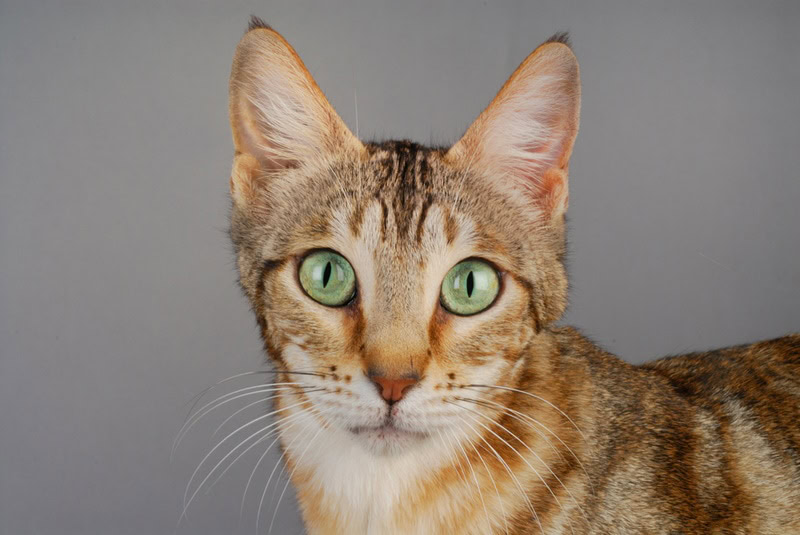
Does This Breed Get Along With Other Pets?
As long as the animals are well-socialized and cat-friendly, Sokokes will get along quite well with other pets. However, you’ll need to be careful if you have any smaller pets, like birds or rodents, as these cats have a high prey drive.

Things to Know When Owning a Sokoke
Food & Diet Requirements 🐡
Cats are obligate carnivores and will only thrive on a diet with animal protein. The Sokoke is an extremely active breed, so they require a diet that will keep up with their energy needs. Their food should also be chosen based on their current age and any other special nutritional requirements (if any) that they have, which your vet will inform you of.
Beyond dry cat food, you should also give your cat canned food because it provides an additional source of water (canned food is about 70% water). Your cat must have constant access to fresh and clean water. Consider getting a cat fountain, which is a great way to keep your Sokoke hydrated.
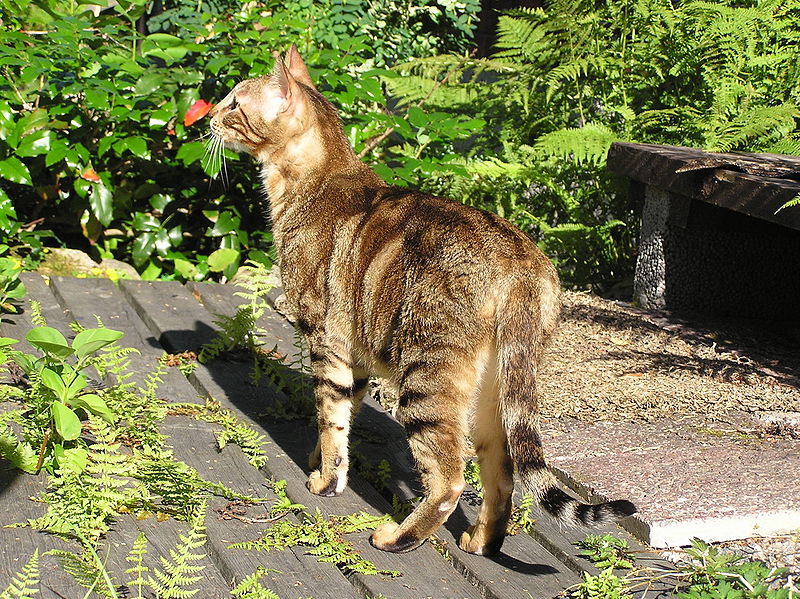
Exercise 🐈
The high energy of the Sokoke means they can get plenty of exercise on their own. Still, be sure to provide them with interactive toys, cat shelves, and a cat tree. They love hanging around in high places, so ensure that your cat has access to areas where they can safely watch the goings-on in the home.
You can also get your Sokoke a harness and leash and go for a stroll around the neighborhood. Just be prepared for plenty of attention!
Training 🧶
These cats are intelligent enough to pick up training and can learn a few tricks. Of course, whether the Sokoke will want to listen and perform is another story. They are still cats, after all!
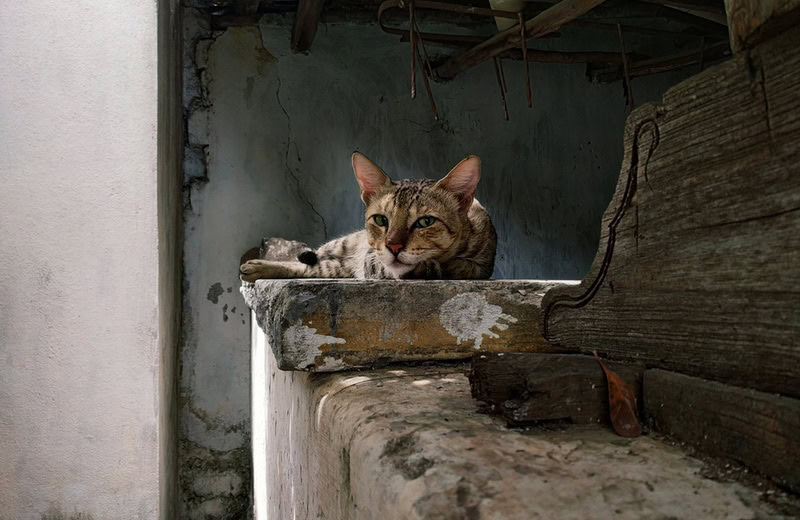
Grooming ✂️
Grooming the Sokoke is a breeze. Their coats are quite sleek and have little to no undercoat. This means they don’t shed much, and they only need brushing with a brush or grooming glove once a week. Sokokes are also not as afraid of water as most other cats, so if your cat ever gets into something sticky, you can probably give them a bath. Most of the time, though, they take great care of themselves.
They will need their claws trimmed frequently, so make sure you get a good cat scratcher, and try out dental treats if you’re not up to brushing your cat’s teeth.
We're big fans of using cardboard as a material for cat scratchers, which is why it's no surprise that our favorite scratcher, the Hepper Hi-Lo Cat Scratcher, is made with cardboard. With a durable, sturdy, and modern-looking birch plywood frame, this scratcher is designed to make both cats and their hoomans happy. You can set it up in three different ways, too, to keep your cat fit and entertained. Click here to learn more.
At PangoVet, we've admired Hepper for many years, and decided to take a controlling ownership interest so that we could benefit from the outstanding designs of this cool cat company!
Health and Conditions 🏥
The Sokoke is a healthy and robust breed and doesn’t have any specific health conditions associated with them. However, there are a few conditions that all cats are susceptible to that could affect the Sokoke. It’s essential to keep up with annual visits to the vet and ensure that your cat receives their vaccinations.
Male vs. Female
Male Sokokes tend to be a little larger and heavier than the females. Males tend to weigh about 8 to 11 pounds and females about 5 to 7 pounds.
Unless you’re planning on breeding your Sokoke, you’ll want to have them spayed or neutered. After the neutering, the male will be less aggressive and won’t try quite as hard to get outside to roam the countryside for an available female in heat. Spaying the female means no more yowling and attempts to escape to look for prowling tomcats. These surgeries can also reduce the risk of certain cancers developing in the future.
Some people believe that female cats aren’t as affectionate as males (and have other temperament differences), but what truly determines a cat’s personality is their upbringing and relationships with their littermates, mother, and humans.


3 Little-Known Facts About the Sokoke
1. The Sokoke is almost extinct in the wild.
The number of Sokokes that still live in the wild is unknown, but it’s thought that they are close to extinction. They only live on through breeding, but even then, they are still rare as domestic cats.
2. The Sokoke is a natural breed.
They occurred naturally without any kind of human intervention. However, the Sokoke is usually quite easy to tame when found in the wild, so it’s thought that they might have formerly been domestic cats before they went wild.
3. The Sokoke is also known as the Sokoke Forest Cat.
These cats were originally found at the edge of the Arabuko Sokoke Forest in Kenya, which is where they were given their name “Sokoke,” as well as the added “Forest Cat.” They were discovered in 1977 by Jeni Slater, who brought a male and female kitten home. This started the breed as we know it today.

Final Thoughts
If you can’t resist this beautiful cat, you’ll need to start looking for a breeder. You’ll have your work cut out for you, though, because there are only a handful of Sokoke breeders out there. So, try posting your interest in one of these cats online. Breeders and others might be able to steer you in the right direction. Keep an eye on online clubs like the Sokoke Breed Club. Maybe you’ll find yourself a Sokoke kitten or a retired queen.
These cats are truly incredible and worth the search and wait. If you’re lucky enough to locate one of these rare cats, you’re in for one of the best experiences and pets ever!
Featured Image Credit: omerfarukguler, Shutterstock
